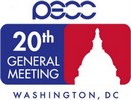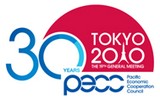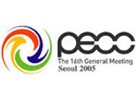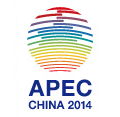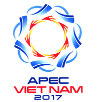Hugh Stephens, Vice-chair, CANCPEC / Distinguished Fellow, Asia Pacific Foundation of Canada /Executive Fellow, School of Public Policy, University of Calgary
The Trump administration’s arrival has scrambled the cards in the trade policy world. Not only will the North American Free Trade Agreement (NAFTA) be reopened with uncertain results, but President Donald Trump has scuttled the Trans-Pacific Partnership (TPP) by announcing the United States’ withdrawal from the agreement. Canada, originally cool toward the TPP, pushed hard to be included in it. The TPP became the centrepiece of Canada’s Asia trade strategy, notwithstanding some public ambivalence on the part of the Trudeau government. With the TPP in its present form now in limbo, Canada still has options in Asia. First, it can keep an open mind with regard to the possible reconstitution of the TPP in another form, such as “TPP Minus One” (i.e., minus the U.S.). It should also push to reopen the bilateral negotiations with Japan that were suspended when that country joined the TPP negotiations. Canada is already exploring the possibility of an economic partnership agreement with China, perhaps on a sectoral basis, and simultaneously, it should actively pursue negotiation of a free trade agreement with the Association of Southeast Asian Nations (ASEAN) community. This could in time provide Canada access to the Regional Comprehensive Economic Partnership Agreement (RCEP) currently being negotiated among 16 countries in the Asia-Pacific region and would position Canada well in the eventuality that a Free Trade Area of Asia-Pacific (FTAAP) emerges. In the meantime, uncertainty regarding NAFTA’s future needs to be addressed. This uncertainty makes it more difficult for Canada to attract Asian investment but it also provides further impetus for Canada to diversify its trading relationships and to explore stronger relationships with Asian economies.
Direct download of PDF (originally published for Canadian Global Affairs Institute)
Read more
Source: PECC News feed

